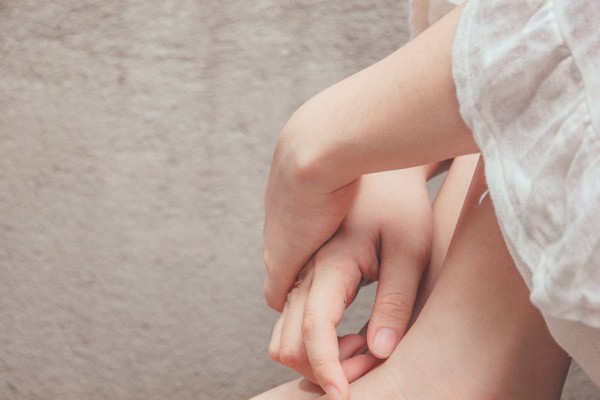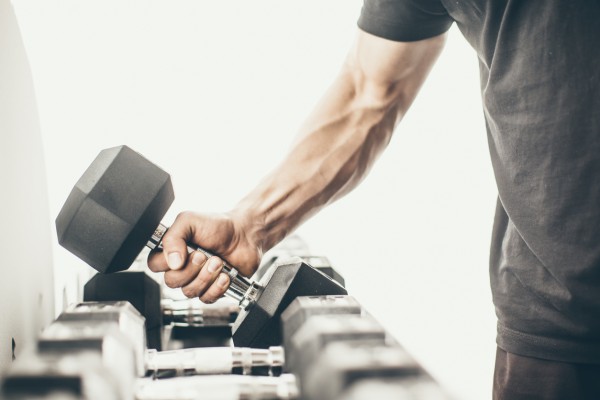While varicose veins are commonly a condition that affects women, men can still develop varicose veins during their lifetime. Roughly 20-25% of all men get varicose veins. If you’re a guy, you’ve probably heard about varicose veins before, but automatically your brain turns off. The thought is: you’re a guy, and you don’t need to worry about that because it’s a woman’s disease. Sorry Charlie, but you couldn’t be more wrong.
Why Do Men Get Varicose Veins?
The lower extremity veins are most often affected by excessive weight, blood pressure, and immobility. When the veins in your legs are under constant stress, they adapt by changing their shape. Continued stress on the legs causes veins that appear large with a bluish or purplish hue, which protrude significantly from underneath your skin. Varicose veins in men may cause discomfort and are a sign of poor venous circulation, which for some may be a cause for concern.
A 30-Year-Old Male With Varicose Veins
Though varicose veins may be thought of as a female issue, it affects men as early as 30 years old. In fact, some men may not be even aware they have varicose veins because it’s so often thought of as a women’s health concern. Men overlooking their varicose veins present a health issue because when varicose veins are left untreated, they can develop into a more severe health problem beyond the cosmetic, like chronic venous disease. Even at a young age, you should have your varicose veins looked at. Treating them early will prevent them from getting worse.
Family History Plays a Role in Varicose Veins in Men
Lifestyle is a significant cause of many medical conditions, but so is your family history! Often, people assume their diet or how regularly they exercise or if they smoke are the most significant causes of varicose veins, and these are variables that can influence their development. However, family history is a significant factor to look at because if there is a history of varicose veins in your family, there is a strong possibility you may develop them also.
Mobility is Another Big Predictor of Varicose Vein Development in Men
But, don’t disregard your lifestyle as a variable in the development of lower extremity varicosities. Aside from your family history, the next significant predictor of varicose vein development is mobility. Lack of physical activity or people who work sitting at their desk all day without getting up to move periodically is allowing their blood to pool. But don’t think standing all day is any better! People whose jobs require them to hold in one place for long periods of time aren’t much better off. Standing in one place all day also puts pressure on the legs and can slow circulation.
Varicose Vein Treatment for Men
When varicose veins are left untreated chronic venous disease (CVD) can develop, which includes sequelae of symptoms ranging from swelling to ulcers and blood clots. Whether you are a man or woman, the best thing you can do to prevent varicose veins is just to keep moving! Try to plan for at least 30 minutes of regular exercise daily, as this will get your heart pumping and blood flowing. If you work at a desk or stand behind a register for long hours, it’s essential to schedule 5-minute breaks every hour to stretch your legs and allow the blood to flow, rather than pool in the lower extremities. If you would like to get rid of your varicose veins, EVLT or RFA are the most common treatment options.
Varicose Veins Are a Human Problem
Varicose veins aren’t just a woman’s problem, they’re a human problem. Men are also affected by this medical issue, and it’s essential, whether man or woman, to seek treatment from a vein dpecialist before they develop into a more severe condition.
Medically reviewed by Dr. Susanne Woloson on 5-01-2020.
*Disclaimer: “We are a participant in the Amazon Services LLC Associates Program, an affiliate advertising program designed to provide a means for us to earn fees by linking to Amazon.com and affiliated sites.”
Read This Next
A Guide to Perforator Veins The venous system of the lower limbs consists primarily of deep and superficial veins but there is a system of veins that connect the two,...
Read MoreAs the weather warms, many of us shed our heavy winter boots and shoes for lighter, airier sandals or sneakers. However, if we are one of those who has swollen ankles and...
Read MoreWhy Are My Arm Veins Bulging? Prominent, bulging veins in your arms and hands aren't usually a sign of a serious health concern. For many patients, however, they are a...
Read MoreHave you recently noticed the development of blue veins on your chest or breasts? If so, you have probably found yourself struggling with a variety of emotions: fear, self-consciousness,...
Read More





